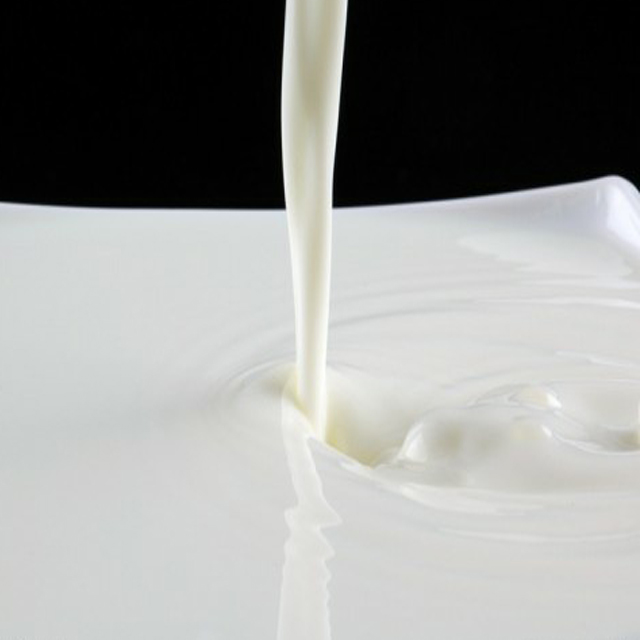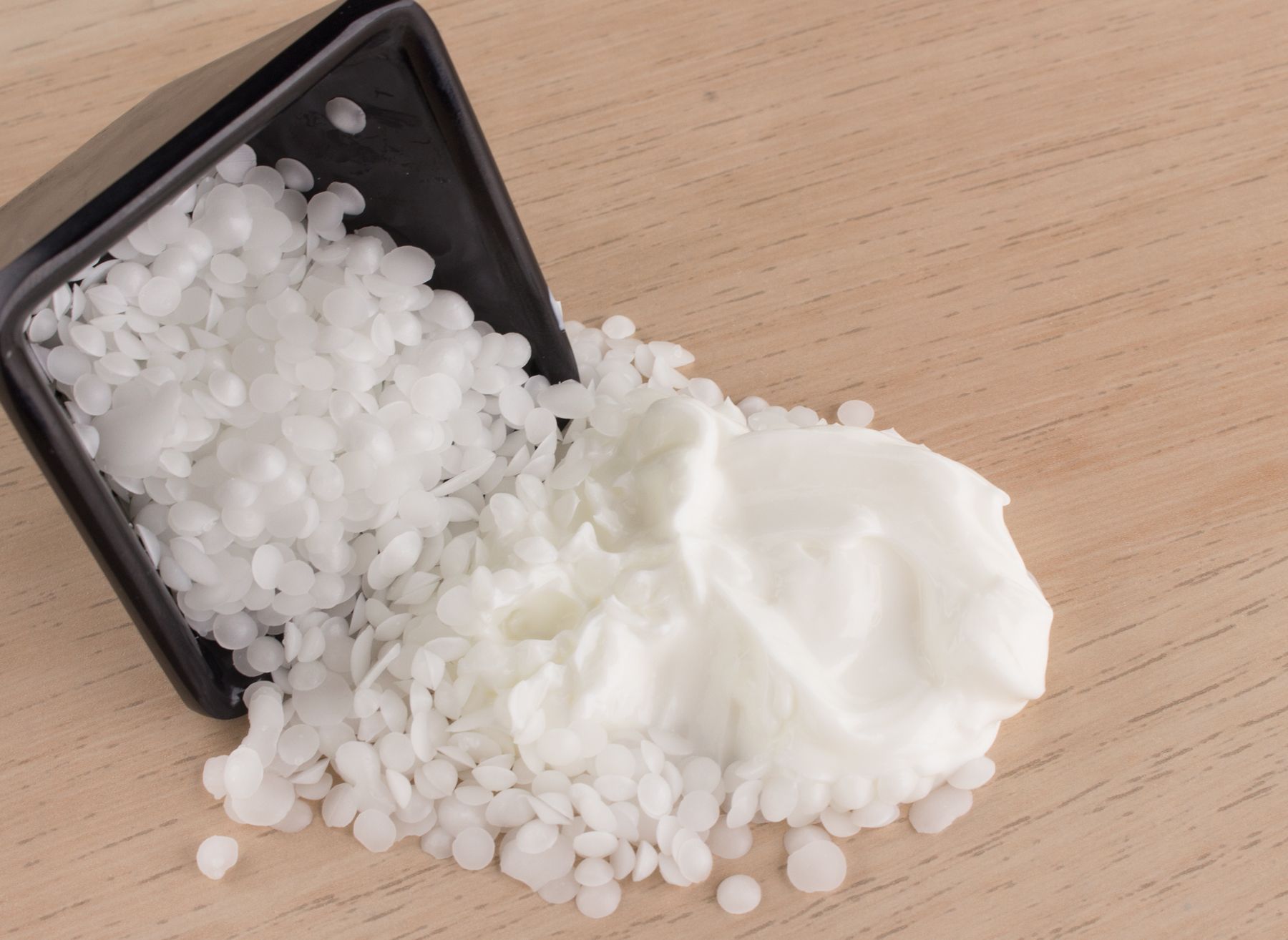Wax emulsion is a kind of water emulsion made of natural wax and synthetic wax. Before we look at wax emulsions, let’s look at wax.
Wax powder refers to low molecular weight olefin polymers and some natural product modification materials. Wax powder is usually a non-toxic, tasteless, non-corrosive, white or slightly yellow solid with a relative molecular weight of 1800-8000. Wax has good chemical stability, wear resistance, cold resistance, drug resistance, excellent electrical properties, so it should be widely used. It is widely used in the coating industry.
In the coating industry, wax additives generally exist in the form of water emulsion. The general emulsification method is divided into four steps, respectively melting, stirring, emulsifying W/O system and emulsifying O/W system.

Coating uses wax to basically join with the form of additive, general add quantity is about 0.1%-3%, specific according to the resin kind that actual formula place uses, the performance that should achieve finally, and the kind that chooses wax powder and its add quantity.
Wax can effectively improve the surface properties of the film. It mainly includes improving the smoothness of the film, scratch resistance, improving water resistance, changing the rheological properties of the coating, and extinction agent. The specific effects and mechanisms are as follows:
Anti-slip, anti-adhesion and stain resistance
Stickiness basically is to point to the adhesion between coating film and coating surface and external material, as well as exposure in the atmosphere with ash, dirt and compression and agglutination. Wax additives can effectively solve the problem of anti-adhesion.
The wax auxiliaries in the coating system migrate evenly to the surface of the film during the drying process. Gradually form a layer of wax film on the surface of the film, this layer of film can make the coating surface anti-adhesion, while producing anti-wear, anti-scratch and other synchronous effects.
In the coating film ammonia volatilization, or ammonia ions are replaced by metal ions, so that the wax particles lose hydrophilicity. The wax particles with hydrophobicity precipitate easily from the paint film. The wax precipitates from the paint film, changes the surface composition of the paint film, and has obvious anti-adhesion and anti-stain effect.
Abrasion resistance and scratch resistance
One of the factors to improve the friction and scratch resistance is to reduce the friction coefficient of the coating surface, so that the sliding tendency is greater than the scratch tendency when the object contacts the coating surface. The migration of wax powder to the coating surface can greatly reduce the dynamic friction coefficient of the coating surface, and only a little amount is needed to achieve scratch resistance. The wax powder added to the coating can greatly reduce the tendency to be polished by friction and maintain the durability of low gloss.
Anti-flow and anti-precipitation
Waxes are dispersed in aromatic and aliphatic solvents to increase the precipitation resistance of paints and inks. It also shows varying degrees of thixotropy, resistance to flow, and localization of metallic pigments.
Extinction
The wax particles which migrate to the surface of the film, through refraction and diffusion, weaken the reflection of the light projected on the surface of the film in the same direction, to achieve the effect of extinction.
Hand feeling and visual effect
Some wax additives can effectively improve the feel of the coating surface, so that the coating has a good wax feeling and silky feeling. It will make the film surface have a very unique visual effect.
Wax emulsion Malaysia can provide excellent slip-resistance in the field of water-based varnish and water-based coatings without affecting scratch resistance. It is an important coating additive.


No Replies to "Application and Mechanism of Wax Emulsion"